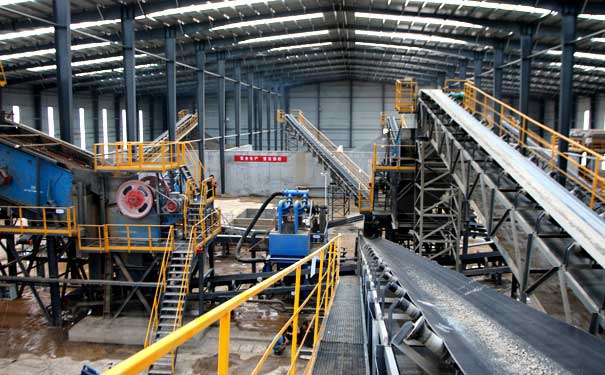1. When the power is off, you must first check whether there is electricity with the electric pen before you can work. When the equipment is installed or the equipment is repaired, strictly check before sending power to send electricity.
2. Under normal circumstances, it is not allowed to carry live work. When it is necessary to carry out live work, it is necessary to do a reliable safety protection measure. There are two people (one person operates one person for supervision).
3. Thunderstorm days prohibit high-altitude, high-pressure operation (no use of high-voltage drawbars, etc.), outdoor operations must be powered off during rainy days, and try to keep the tools dry.
4. High-altitude work must wear seat belts, small ropes and tool bags, prohibiting throwing things up and down.
5. The upper air work must be implemented to stop power transmission work ticket system, so that no work ticket on the pole, no ticket no power transmission.
6. High-altitude work adheres to the “four not on”: the ladder is not secure, the safety equipment is not reliable, there is no guardianship, the line identification is not clear.
7. Do not cut any current-carrying wires when working with electricity.

8. Before work, check whether the tool is good, and use the tool reasonably. First check the safety situation on the site before work to ensure safe operation.
9. No electrical conductors shall be exposed after removal of any electrical equipment. When cleaning the motor coils, oil and sharp metal shall not be used to avoid damage to the insulation. The equipment shall not be changed by the equipment during maintenance. The installation must be carried out according to the drawings.
10. When the general (temporary) electrical equipment is connected to the power supply, it is forbidden to directly or hangs it and a temporary switch or knife switch is required.
11. When using high-voltage drawbars, wear high-voltage insulated gloves.
12. In case of a safety emergency with serious threats to the person or equipment, the relevant switch can be opened first, afterwards report to the superior.
13. Before the equipment is repaired, the power must be cut off and locked or suspended.
14. When repairing the transformer, the line power supply and load line should be disconnected on the high and low voltage sides to prevent accidental high voltage and other dangers.
15. Current transformers above 300 amps, secondary circuits are prohibited from live operation.
16. Electrical safety equipment and equipment should always check the insulation and provide a pressure test every year.
17. Wear protective glasses when working with a light bulb (to prevent voltage from colliding with the bulb) and cutting.

